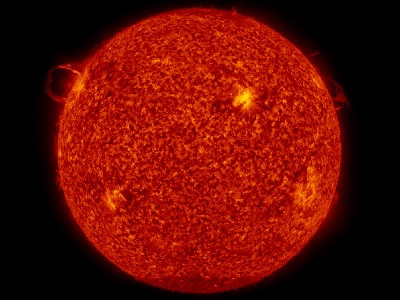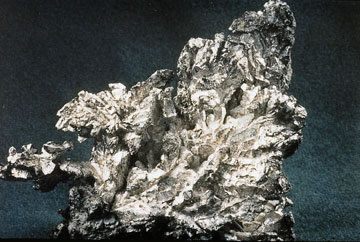- SPACE WEATHER TODAY
- The Sun Today
- Space Weather Forecast
- Near-Earth Space Today
- Aurora Today
- Archive
Space Weather Today
Like weather on Earth, space weather is constantly changing. On Earth you can simply look out the window to see if it is sunny or raining. Scientists use a host of telescopes, magnetometers, radiation sensors, and other instruments scattered around the globe and onboard a fleet of spacecraft to monitor, and sometimes even predict, space weather.

Please log in
Science Blogs
Real Climate: climate science from climate scientists

Windows to the Universe, a project of the National Earth Science Teachers Association, is sponsored in part is sponsored in part through grants from federal agencies (NASA and NOAA), and partnerships with affiliated organizations, including the American Geophysical Union, the Howard Hughes Medical Institute, the Earth System Information Partnership, the American Meteorological Society, the National Center for Science Education, and TERC. The American Geophysical Union and the American Geosciences Institute are Windows to the Universe Founding Partners. NESTA welcomes new Institutional Affiliates in support of our ongoing programs, as well as collaborations on new projects. Contact NESTA for more information.






